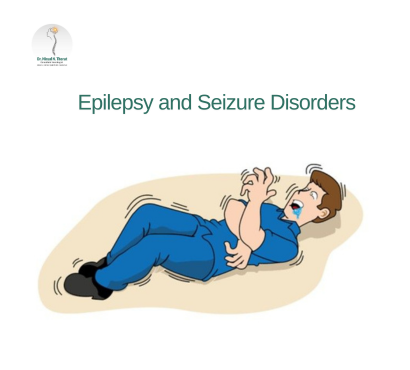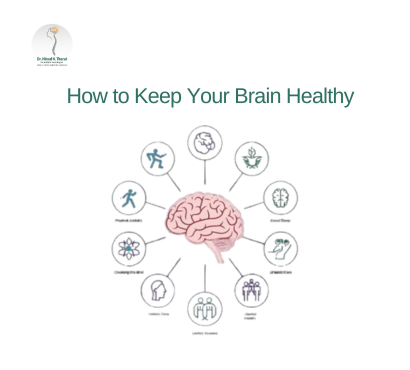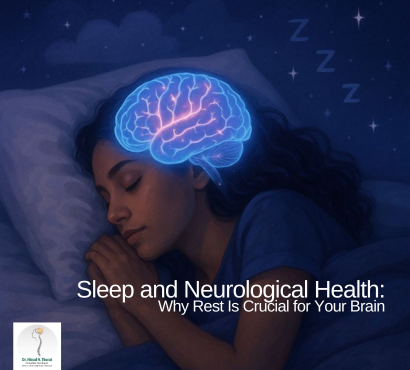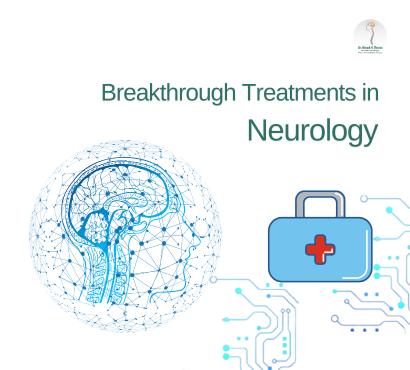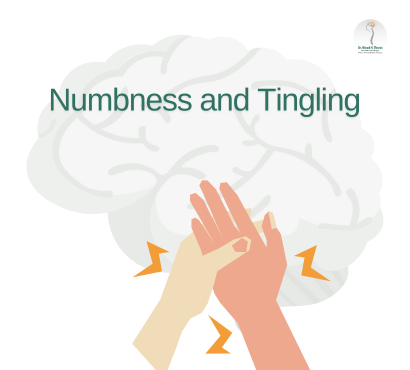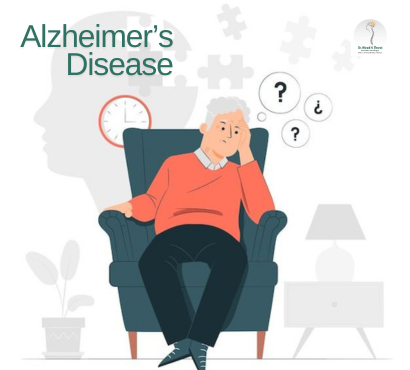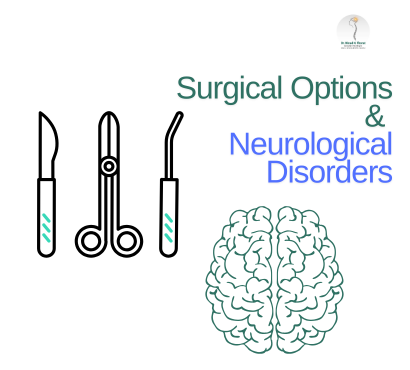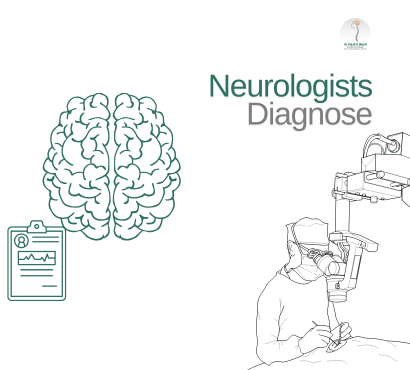Epilepsy and Seizure Disorders: Causes, Diagnosis, and Treatment
For many families in India, the word “epilepsy” brings fear, confusion, and stigma. Seizures are often misunderstood as mysterious or even “supernatural” events, which delays proper medical care. In reality, epilepsy is a medical condition affecting the brain’s electrical activity, and with the right diagnosis and treatment, most people can lead independent, fulfilling lives. Up to 70% of people with epilepsy could be seizure-free with the appropriate use of anti-seizure medicines. This blog explains what epilepsy and seizure disorders are, why they happen, how doctors diagnose the condition, and what modern treatments and lifestyle strategies can help patients in India live safely and confidently. What is a Seizure? What is Epilepsy? A seizure is a sudden burst of abnormal electrical activity in the brain, causing temporary changes in behaviour, movement, awareness, or sensation. Epilepsy is diagnosed when a person has at least two unprovoked seizures (not caused by immediate triggers like high fever or low blood sugar) occurring more than 24 hours apart. Epilepsy is not a single disease but a group of conditions with many possible causes and patterns of seizures Types of Seizures (Simple Overview) Doctors classify seizures based on where they start in the brain and how they affect the person. Focal (partial) seizures Begin in one area (focus) of the brain. Symptoms may include jerking of one limb, unusual sensations (smell, taste), or brief confusion. Awareness may be preserved (focal aware) or impaired (focal impaired awareness). Generalised seizures Involve both sides of the brain from the start. Types include absence (“staring spells”), myoclonic (sudden jerks), tonic-clonic (stiffening then jerking, usually with loss of consciousness), and atonic (sudden loss of muscle tone and falls). Unknown or unclassified seizures When the starting point is unclear or information is limited, especially in emergencies or rural settings. Common Causes and Risk Factors In about half of all epilepsy cases, no clear cause is found (idiopathic epilepsy). In others, seizures result from identifiable brain or systemic problems: Genetics Certain epilepsy syndromes, like childhood absence epilepsy or juvenile myoclonic epilepsy, run in families. Genes may affect how brain cells communicate, making seizures more likely. Brain injury Head trauma from road accidents, falls, sports, or violence. Stroke and vascular problems Stroke is a leading cause of epilepsy in older adults. Brain infections Meningitis, encephalitis, neurocysticercosis (pork tapeworm infestation in the brain), and brain abscesses are important causes in India. Brain tumours and structural abnormalities Congenital malformations, scars, or growths can disrupt normal electrical activity. Metabolic or immune-related causes Low or high blood sugar, electrolyte imbalance, rare genetic or metabolic disorders, autoimmune inflammation of the brain. In many childrens epilepsy has a genetic or developmental basis, while in older adults it is often related to stroke, head injury, or degenerative diseases like Alzheimer’s. How Does Epilepsy Present? Typical Symptoms Seizures can look very different from person to person. Some are dramatic, with falls and jerking movements; others are subtle and easily missed. Possible seizure symptoms include: Sudden, uncontrolled jerking of arms and legs Staring spells with unresponsiveness (especially in children) Sudden loss of consciousness and collapse Brief, repeated muscle jerks (myoclonus), often after waking Strange sensations: unusual smells, tastes, déjà vu, rising feeling in the stomach Temporary confusion, speech difficulty, or wandering behaviour Loss of bladder or bowel control during a seizure Seizures usually last seconds to a few minutes; longer events (more than 5 minutes) are emergencies. Impact of Epilepsy Beyond Seizures Epilepsy is more than just seizures. Many people also experience: Injuries from falls, burns, or accidents during seizures Anxiety, low confidence, and depression Difficulties in school, work, or relationships due to stigma or restrictions Fear of sudden unexpected death in epilepsy (SUDEP), which is rare but more likely in people with frequent uncontrolled seizures Early diagnosis and good seizure control dramatically reduce many of these risks. How is Epilepsy Diagnosed? Diagnosis is a step-by-step process. One seizure alone does not always mean epilepsy, especially if triggered by fever or a reversible cause. Detailed history and examination Description of events from the person and witnesses (family, teachers). Questions about triggers, duration, recovery, family history, and birth/medical history. Neurological examination in Nashik to check strength, sensation, reflexes, coordination, and memory. Electroencephalogram (EEG) Records brain electrical activity using electrodes placed on the scalp. Shows abnormal patterns (spikes, sharp waves) that help classify seizure type and epilepsy syndrome. May be done as routine, sleep-deprived, or prolonged video EEG. Brain Imaging MRI (preferred) or CT scans to look for tumours, scars, malformations, or stroke. In India, MRI is often done at least once in new-onset epilepsy where possible. Blood and other tests To check for infections, metabolic or genetic disorders, or autoimmune causes. In children and special cases, genetic testing may guide diagnosis and treatment. Correct classification of seizure type and epilepsy syndrome helps doctors choose the right medication and estimate prognosis. Treatment Options: How is Epilepsy Managed? Most people with epilepsy can achieve good control with modern treatments. Anti-seizure medications (ASMs) First-line treatment for most patients. Choice of drug depends on seizure type, age, sex (especially pregnancy potential), other illnesses, and affordability. Commonly used ASMs include older agents and newer generation drugs; up to 70% of patients become seizure-free on medication. Important points: Medicines must be taken every day as prescribed. Stopping suddenly can trigger seizures. Doses may be adjusted based on response and side effects. Many people can eventually reduce or stop medications after several seizure-free years under specialist guidance. Epilepsy surgery For some people, seizures arise from a well-defined area of the brain that can be safely removed or disconnected. Considered when seizures remain uncontrolled despite trying adequate doses of 2–3 appropriate medicines (drug-resistant epilepsy). Requires detailed evaluation in a specialized epilepsy centre (video EEG, advanced MRI, neuropsychological tests). Non-surgical interventions Vagus nerve stimulation (VNS) or other neurostimulation devices for selected drug-resistant patients. Ketogenic or modified Atkins diets, especially in children with difficult-to-treat epilepsy. Psychological therapy and counselling to address anxiety or mood disorders. Lifestyle and safety Regular
Epilepsy and Seizure Disorders: Causes, Diagnosis, and Treatment Read More »

